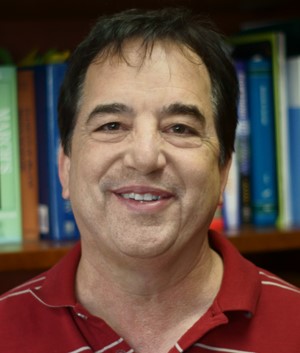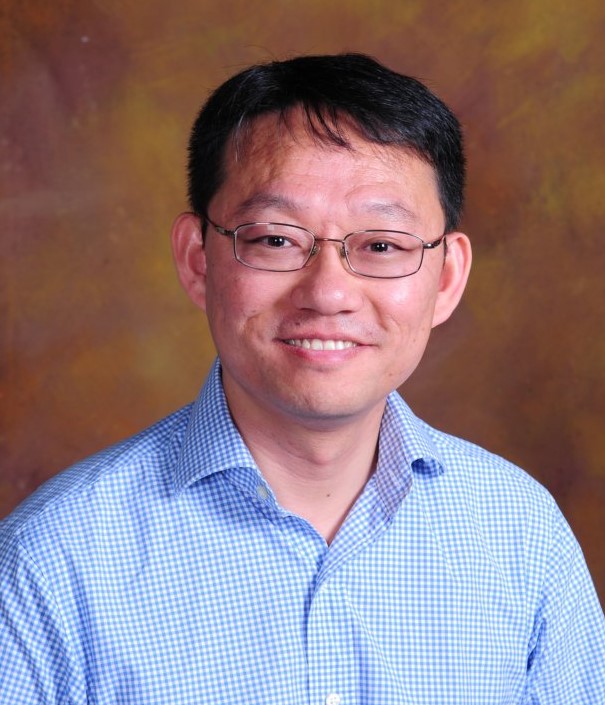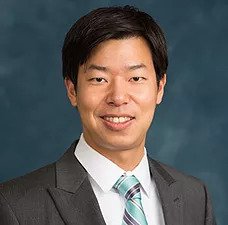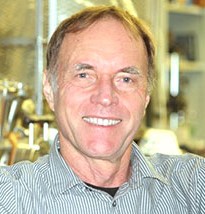ngaillar@hawaii.edu
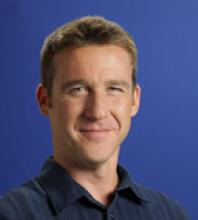
Nicolas Gaillard (PhD, Micro- and Nano-electronics, Joseph Fourier University, Grenoble, France) has over 10 years of experience in materials science,
with an emphasis in the areas of photovoltaics, photoelectrochemical hydrogen production and integrated circuits. Following his graduate work, Dr. Gaillard
spent 3 years with the IBM/Motorola/STMicroelectronics alliance working on oxide/metal interfaces for CMOS transistors and DRAM memories applications.
He joined the Thin Films Laboratory of the Hawaii Natural Energy Institute at the University of Hawaii at Manoa in 2007 as a post-doctoral, working under
the supervision of Dr. Eric Miller on metal oxide thin films for photoelectrochemical hydrogen production. Dr. Gaillard was appointed faculty and Thin
Films Laboratory group leader in 2010. Dr. Gaillard’s current research projects include: (i) engineering of high efficiency PEC materials, with an emphasis
on chalcopyrite materials (CuInGaSSe) and (ii) the development of novel nanocrystal inks for printable thin film photovoltaics.
hope.ishii@higp.hawaii.edu
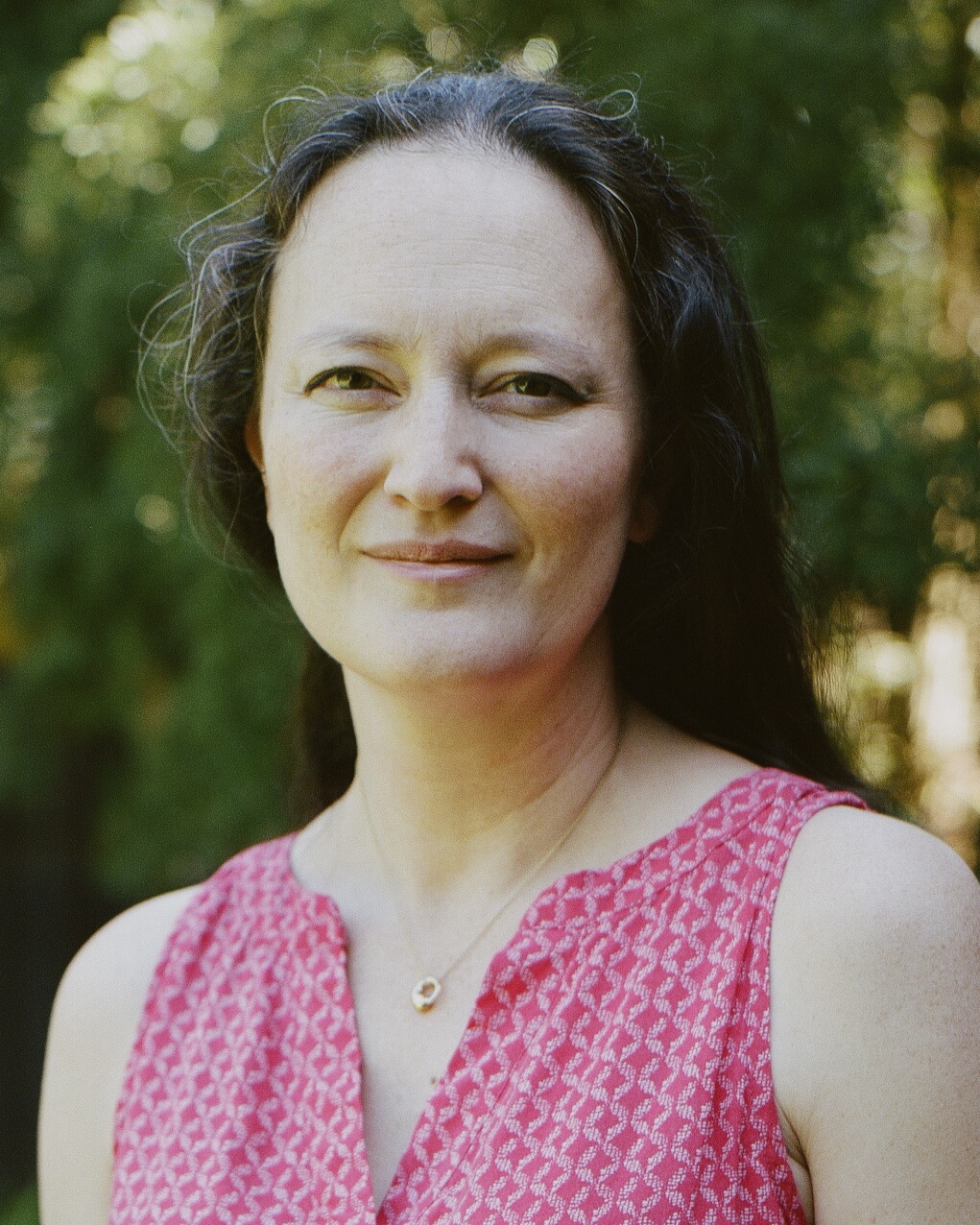
Hope Ishii is the Director of the Advanced Electron Microscopy Center and sits on the faculty of the Hawaii Institute
of Geophysics and Planetology (HIGP). She obtained her Ph.D. in Materials Science and Engineering from Stanford University
in 2002. Prior to joining HIGP in 2014, she worked in the semiconductor and hard disk drive industries and then, for nearly
a decade, as a research staff member at the Lawrence Livermore National Laboratory. Dr. Ishii is the Vice Chair of NASA’s
Curation and Analysis Planning Team for Extraterrestrial Materials and sits on the Executive Committee of the
American Physical Society’s Far West Section. Dr. Ishii has 2 decades of experience in materials characterization
and analysis using a wide variety of tools. Her materials research experience has spanned a wide range of materials
from nanocomposites to liquid crystals to amorphous solids and, as a member of the Preliminary Examination Team for NASA
Stardust mission comet samples, astromaterials. Her current research focus on “mining” comets and asteroids for
information about the conditions and processing that occurred early in our solar system’s history.
matthieu@hawaii.edu
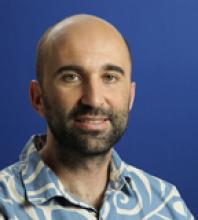
Matthieu Dubarry (PhD, Electrochemistry & Solid State Science, University of Nantes),
has over 10 years of experience in renewable energy, with an emphasis in the area of
lithium ion batteries. Following his PhD on the synthesis and characterization of materials
for lithium batteries, Dr. Dubarry joined the Hawaii Natural Energy Institute at the University
of Hawaii at Mānoa as a post-doctoral fellow in 2005 to work on the analysis of the usage of a
fleet of electric vehicles. He was later appointed a faculty position in 2010 with a focus on
battery testing, modeling and simulation. While working for HNEI, Dr. Dubarry pioneered the use
of new techniques for the analysis of the degradation of Li-ion cells and developed numerous software
tools facilitating the prognosis of Li-ion battery degradation both at the single cell and the battery
pack level. Current projects include the evaluation of grid scale Li-ion battery energy storage systems;
the evaluation of the impact of vehicle-to-grid strategies on electric vehicle battery pack degradation;
and the testing of emerging battery technologies for grid-connected and transportation applications.
jjbrown@hawaii.edu

Joseph J. Brown (PhD University of Colorado Boulder) has worked on a diverse array of materials and
mechanical engineering research since 1999, centered on nanoscale device and materials engineering,
including precision assembly, experimental mechanics, fluid processing, and applications of nanostructures
and nanoscale systems. He joined the UHM Mechanical Engineering department in August 2017. He was previously
a Research Scientist at the University of Colorado Boulder Department of Mechanical Engineering, and served
there as a Lecturer in 2014-2015, teaching classes of up to 90 students. He received an A.B. in Engineering
Sciences from Dartmouth College in 2000, and M.S. and Ph.D. degrees in Mechanical Engineering from the
University of Colorado Boulder in 2008 and 2010, respectively. He helped found a company that provided
nanotube textiles used on NASA’s Juno mission to Jupiter. He is author of 16 journal articles, 9 conference
papers, and 1 book chapter, and he is an inventor of 5 U.S. patents and 11 international patents. Dr. Brown’s
current projects include sensor fabrication using atomic layer deposition (ALD), interlocking surface
structures for manufacturing, research into contact electrification.
pdera@hawaii.edu
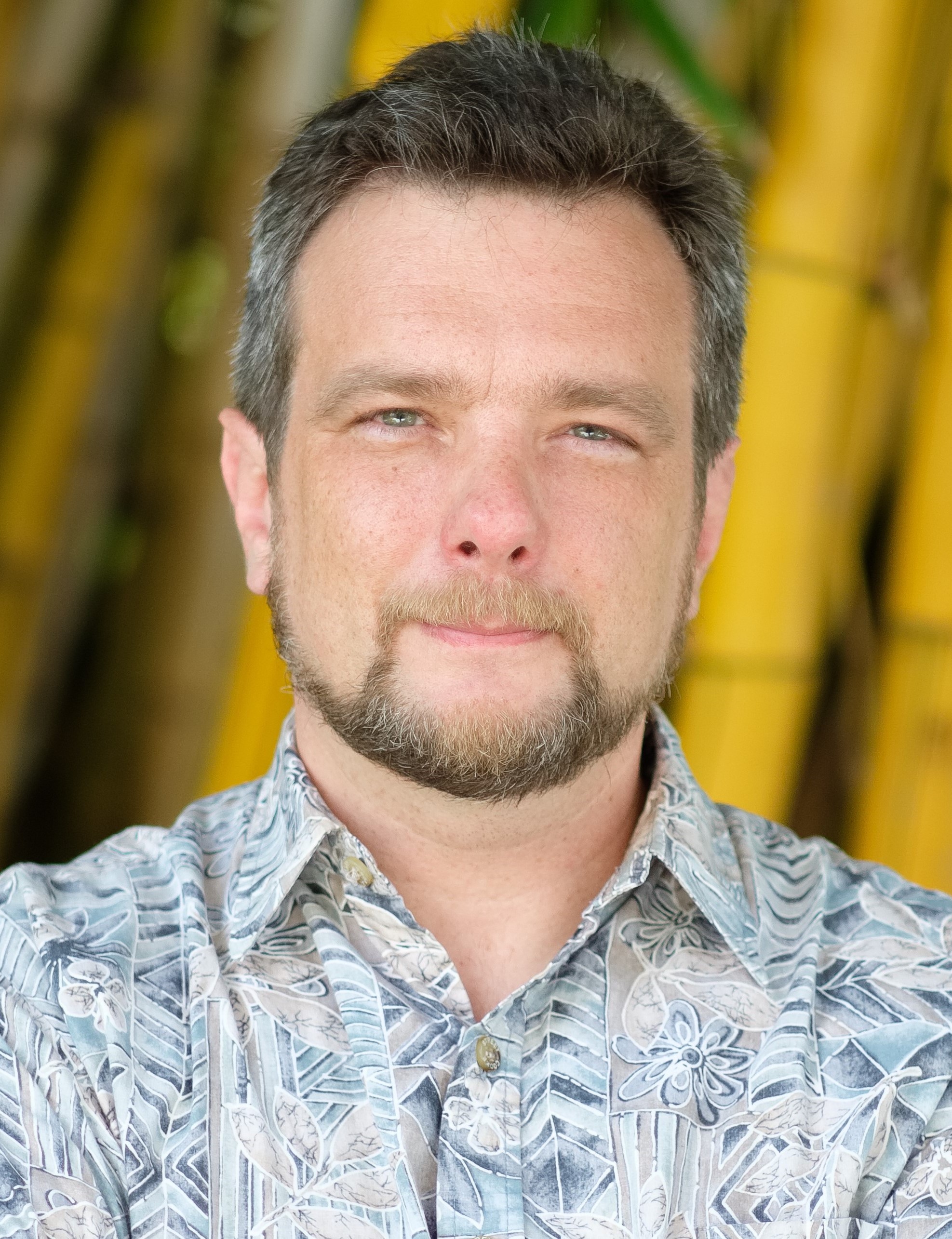
Przemyslaw (Przemek) Dera is a Professor of Mineral Physics and
Extreme Materials Science at the Hawaii Institute of Geophysics and
Planetology (HIGP). He obtained his Ph.D. in physical chemistry in 2000 from Adam Mickiewicz
University in Poznan, Poland. Prior to moving to Hawaii,
Dera worked as research scientist
at Carnegie Institution of Washington Geophysical Laboratory
and University of Chicago Center for Advanced Radiation
Sources. Przemek has been closely involved in the
activities of high-pressure research community both within USA, as
well as internationally. He chaired the International Union of
Crystallography Commission on High Pressure and served as
member and vice-chair the Executive Committee of COMPRES, the
Consortium for Materials Properties Research in Earth Sciences.
His main scientific interests include study of
pressure-induced displacive phase transitions and spin crossover
phenomena in materials, with particular emphasis on minerals relevant
to planetary interiors. Przemek is an Elected Fellow of the
Mineralogical Society of America (2013) and was selected as
Distinguished Lecturer for COMPRES in 2015. He has authored and
co-authored over 100 papers in scientific journals, 4 book chapters, and
co-edited 4 books and journal special volumes.
jensen@hawaii.edu
Dr. Jensen obtained his PhD at the University of California at Los Angeles and was a postdoctoral fellow at the
University of California at San Diego. He was awarded the US DOE Hydrogen program’s “1999 Research Success Story”
award and the EERE “R&D” award in 2004. To date, he has authored or co-authored over 145 peer-reviewed publications,
9 U.S. patents, and two books. In 2003, Dr. Jensen founded Hawaii Hydrogen Carriers, LLC (HHC) and has since served
as the company president. Dr. Jensen's main research interests include synthesis and characterization of novel inorganic
and organometallic compounds, hydrogen storage materials, homogeneous catalysis, dynamic NMR spectroscopy and solid state
chemistry.
sangwoos@hawaii.edu
Sangwoo Shin is an assistant professor in the department of mechanical engineering at the University of Hawaii at Manoa.
He received his Ph.D. in mechanical engineering from Yonsei University in Seoul, Korea in 2012. Before joining UH Manoa
in 2017, he worked at Princeton University as a postdoctoral research associate from 2013 to 2016. His research interests
include transport phenomena in small-scale systems, micro/nanofluidics, electrokinetics, colloids/soft matter physics,
targeted drug delivery, water treatment, nanowire synthesis and characterization, phase-change memory devices, two-phase
heat transfer, etc.
yzuo@hawaii.edu
Yi Zuo is a Professor in the Department of Mechanical Engineering and Adjunct Professor in the Department of Pediatrics
in John A. Burns School of Medicine. He earned his PhD in Mechanical Engineering from the University of Toronto in 2006.
His research interests are focused on general areas of colloid and surface science and their applications to areas of
biomedical and biotechnological interest, such as applied surface thermodynamics, thin-film materials, pulmonary
surfactants, particles, and environmental, health and safety impacts of nanotechnology. Zuo has published more than
70 peer-reviewed papers in scientific journals, 4 book chapters, and co-edited 1 book. He received the NSF CAREER Award
in 2013 and the Faulty Research Award in 2016.
woochull@hawaii.edu
Woochul Lee is an assistant professor in the Department of Mechanical Engineering at the University of Hawaii at Manoa.
He received his B.S. degree in Mechanical Engineering from Yonsei University (Korea) in 2008. Then, he joined Professor
Pramod Reddy’s lab and received his M.S. and Ph.D. degree in Mechanical Engineering at the University of Michigan Ann Arbor
in 2010 and 2014, respectively. He did postdoctoral study with Professor Peidong Yang and Dr. Jeff Urban at UC Berkeley
and Lawrence Berkeley National Lab. His research interests include fundamental understanding of nanoscale energy transport
and conversion and thermal management.
sattler@hawaii.edu
Klaus Sattler was born in the Black Forest in Germany, received his Diplom in Physics from the University of Karlsruhe
with work in nuclear physics, then moved to ETH Zurich, where he received the Ph.D. in solid state physics. Then he
started a research group for cluster physics at the University of Konstanz, Germany. Then, for 3 years, he did research
at UC Berkeley as a Heisenberg fellow, before he moved to the University of Hawaii, were he is a Professor of Physics.
Klaus' research is in the field of nanophysics, currently with focus on the production and analysis of novel metastable
nanomaterials with complex internal structures. These materials are also studied by computer modeling and calculations.





